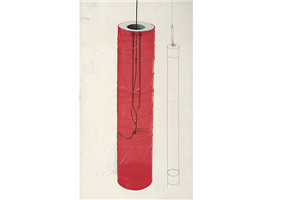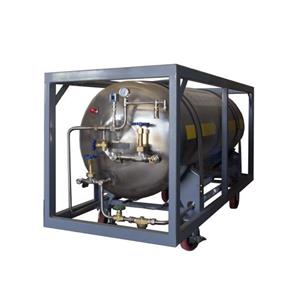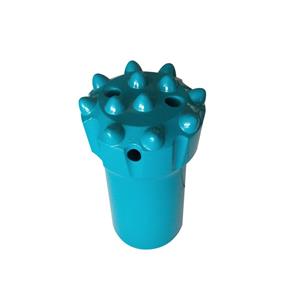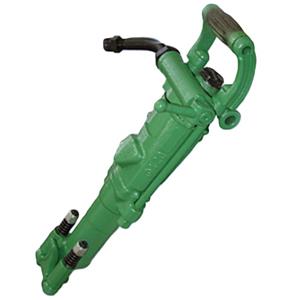Rock Drilling Rig Efficiency Suddenly Dropped? Don’t Panic — Three Ways to Pinpoint the Accumulator
On tunnel drives and mining sites it’s not rare for a rock drilling rig to suddenly “lose its edge”: impacts weaken, working frequency fluctuates, and overall efficiency can be halved. The typical reaction is to tear down and overhaul major components, but that's often overkill. The root cause may be a small, overlooked component — the hydraulic accumulator.
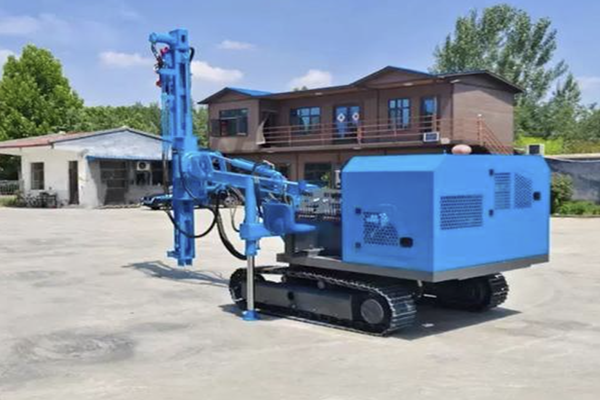
Although small and unobtrusive, the accumulator is the hydraulic system's pressure regulator and impact buffer: it absorbs excess energy when system pressure spikes and releases stored energy when pressure dips, keeping pressure stable. If the accumulator fails, you may see weak impacts, unstable frequency, hydraulic line vibration, and accelerated wear on major components — all of which slow progress.
Three quick steps to diagnose accumulator faults
Listen to the impact — detect rhythm abnormalities
Normal: Impact sounds are continuous, even, and solid, with no obvious interruptions or changes in intensity.
Fault signal: Intermittent “clicking” noises, sudden breaks in the impact rhythm, or sounds that become dull and weak.
Likely cause: The accumulator can’t compensate for pressure fluctuations — usually due to a ruptured internal bladder/diaphragm or insufficient precharge (nitrogen) pressure. Sound is a good early indicator of the rig’s condition. In normal operation, a steady, rhythmic impact indicates a stable hydraulic pressure and a working accumulator. Noticeable changes in the impact sound during operation should trigger further checks.
Watch the hydraulic hoses — look for abnormal vibration
Normal: Hydraulic hoses remain steady during operation with no noticeable shaking.
Fault signal: A particular hose shows regular, sustained trembling or pulsing jumps.
Likely cause: A failed accumulator (e.g., a ruptured diaphragm causing nitrogen leakage) has lost its buffering and pressure‑stabilizing function, so pressure fluctuations transmit directly into the hoses. Observing hose behavior is an effective complementary method. When the accumulator isn’t buffering properly, pressure pulsations become visible in the lines as abnormal vibration.
Check the gas charge — inspect precisely with the machine stopped
Procedure:
Stop the rig and make sure the hydraulic system is fully depressurized (to avoid the risk of high‑pressure oil spray).
Gently press the gas valve core on top of the accumulator.
Normal: You should clearly hear a hissing release of nitrogen.
Fault signal: No sound when pressing the valve, only a few oil droplets seep out, or hydraulic oil sprays out instead.
Special note: Some return‑oil accumulators from certain manufacturers are not nitrogen‑charged; for those you can remove the screw plug and inspect the diaphragm directly, which simplifies testing. If listening and observing hoses don’t give a definitive answer, checking the gas charge with the machine stopped is the most direct and accurate test. Always depressurize the system first to ensure safety.
A small accumulator fault can trigger big problems. If any of the above checks indicate failure, stop the rig immediately and replace the accumulator to avoid abnormal hydraulic pressures that will wear down major components and cause larger losses. Remember: efficient operation requires attention not only to core parts but also to these “hidden stabilizers.”

Though small, the accumulator is crucial for reliable rig performance. Its failure may seem minor but can cause chain reactions that delay work or damage equipment. At the first sign of any of the listed abnormalities, shut down for inspection and replace the faulty accumulator promptly. Mastering these three checks will help you quickly identify the real culprit behind sudden drops in drilling efficiency and keep operations running smoothly.

